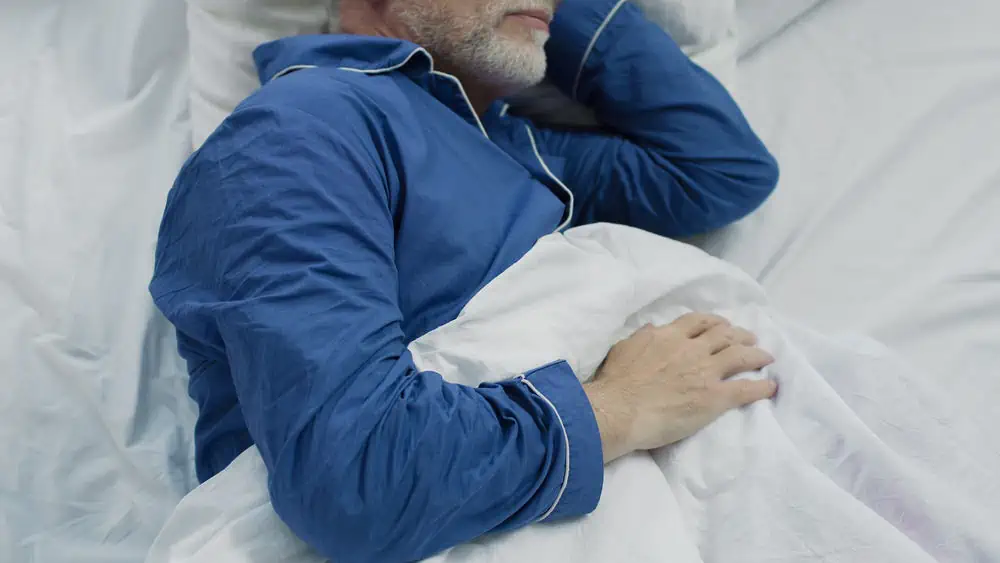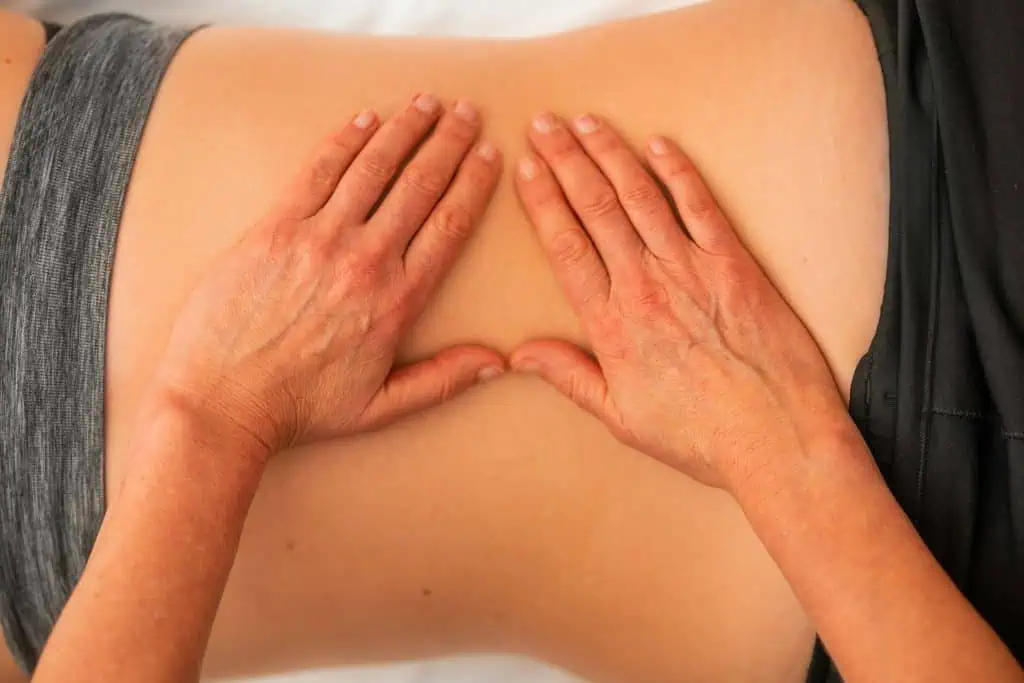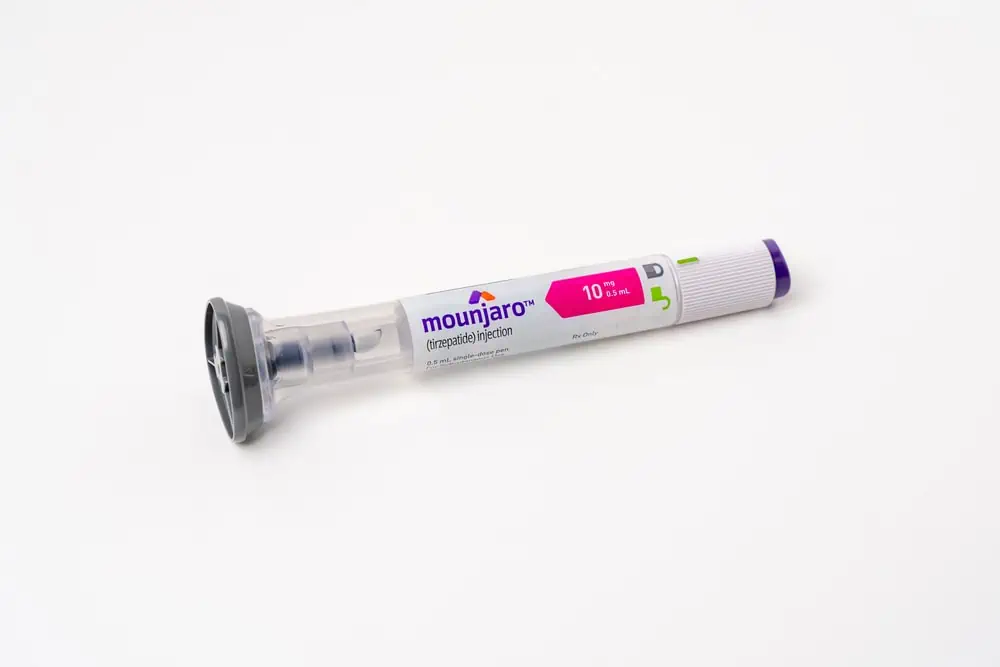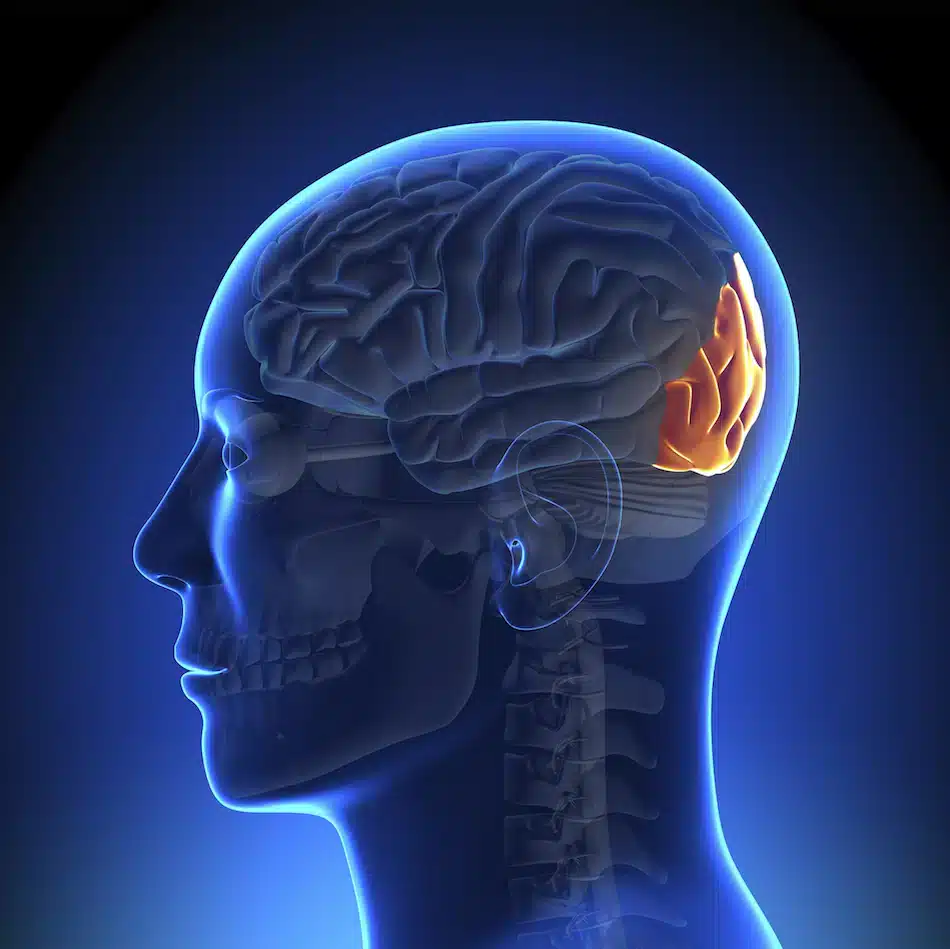Experiencing finger joint pain after a weight-lifting session can be both surprising and concerning. As someone who values physical fitness, I understand the importance of identifying and addressing any discomfort that arises from exercise. This type of pain, which may emerge in the joints of the fingers, can be due to a variety of factors ranging from poor grip technique to the onset of an underlying health condition.
It’s essential to recognize the symptoms early and understand their potential causes. For example, the pain might be a result of placing too much stress on the fingers during certain exercises or may indicate a strain or sprain. It’s equally vital to learn about the appropriate treatments and preventive measures that can help manage and alleviate this pain. Staying informed on these points ensures that weight lifting remains a safe and beneficial activity for those of us committed to our fitness goals.
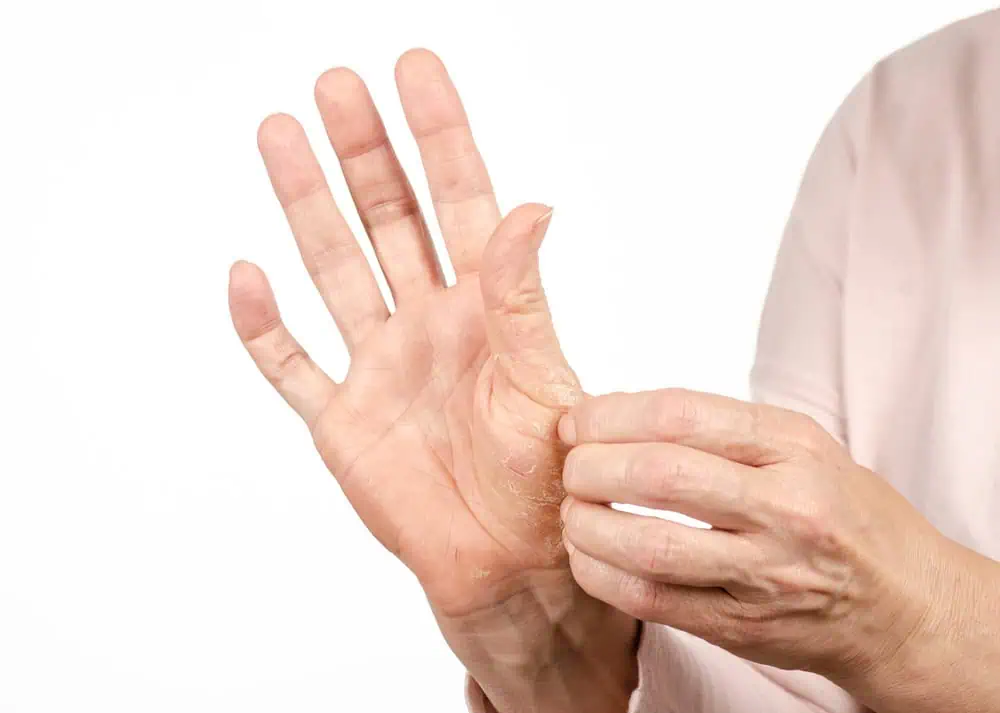
Key Takeaways
- Identifying the reason behind finger joint pain after lifting is crucial for effective management.
- Early recognition and understanding of symptoms contribute to prompt and appropriate care.
- Knowledge of treatments and preventive strategies enables continued participation in fitness activities.
Understanding Finger Joint Pain
As a fitness enthusiast experienced in human anatomy and common exercise-related injuries, I recognize that understanding the nuances of finger joint pain is vital for anyone active in weight lifting.
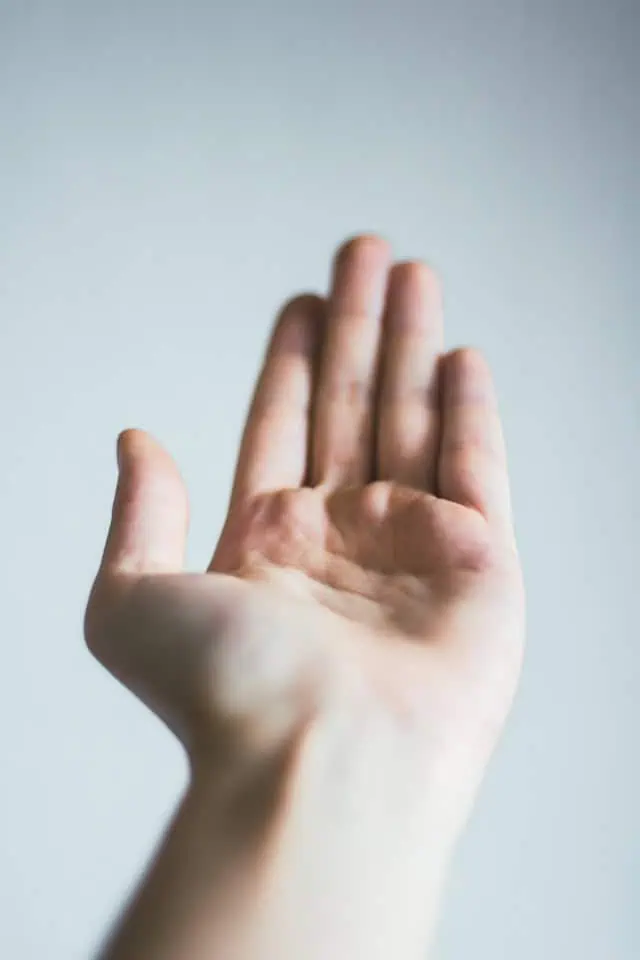
Anatomy of Finger Joints
My fingers are complex structures consisting of several joints where bones meet. Each of my fingers contains three of these phalangeal joints, except for the thumb, which has two. Ligaments connect bone to bone, while tendons attach muscle to bone, facilitating movement. Proper function of these joints is crucial for gripping and lifting weights effectively.
Common Causes of Pain
In my experience, finger joint pain after weight lifting often stems from strain on the joints due to improper grip or overexertion. Conditions like arthritis can also cause pain, characterized by inflammation in the joints. Tendinitis, the irritation of the tendons, is another common culprit, as are sprains from overstretching ligaments. Occasionally, more acute injuries like a fracture or dislocation can occur if there is significant trauma to the finger during lifting.
Types of Joint Pain After Weight Lifting
Joint pain can manifest in various forms:
- Inflammation: Characterized by redness, swelling, and warmth
- Stiffness: A common sensation upon waking or after periods of inactivity
- Sharp pain: Often indicating an acute injury such as a fracture or dislocation
- Dull ache: Typically associated with overuse or arthritis
It’s important to listen to my body and differentiate between the types of pain, as each may indicate a different underlying issue and thus require a distinct approach for relief and healing.
Symptoms and Signs
When I discuss the indicators of pain after weightlifting, I am primarily focusing on symptoms that can manifest in the fingers. These include discomfort, swelling, and a range of sensations that may indicate an underlying issue related to the physical exertion of lifting weights.
Recognizing Pain and Discomfort
I understand that pain and discomfort in the finger joints after lifting weights typically present themselves as a dull ache or a sharp, acute sensation. The affliction can arise immediately during or after a workout. Importantly, if the pain persists, it might indicate overuse or the development of a strain.
Identifying Swelling, Redness, and Inflammation
In my experience, swelling occurs as an enlargement of finger joints and can be accompanied by redness and warmth. This inflammation is a natural response to injury or strain. It’s crucial to monitor these symptoms, as prolonged inflammation may lead to increased stiffness and reduced movement in the fingers.
Numbness and Tingling Sensation
Numbness and tingling sensations in the fingers after lifting weights are symptoms that I take seriously. These sensations can suggest nerve compression or overextension. If these symptoms appear, it’s advisable to evaluate the weights being used as well as gripping techniques to ensure they are appropriate and safe.
Diagnosing Finger Joint Pain
When patients come to me with finger joint pain after weight lifting, my primary goal is to determine the underlying cause of their discomfort. An accurate diagnosis typically involves a combination of physical examinations, review of medical history, and possibly imaging or specialized tests.
Physical Examination and Medical History
During my first consultation, I conduct a thorough physical examination and delve into the patient’s medical history. I look for signs of inflammation, deformities, and assess the range of motion in the fingers. Understanding the patient’s exercise routines, the weight lifting techniques they use, and prior injuries is crucial. Any patterns of pain or previous occurrences of similar symptoms can be indicative of chronic issues like osteoarthritis or gout.
Imaging Tests
If further clarification is required following the initial examination, I may order imaging tests like X-rays. An X-ray can illuminate bone spurs, the degree of joint space narrowing, which signifies cartilage loss signifying osteoarthritis, or any other bone-related abnormalities. For soft tissue concerns, like those potentially caused by carpal tunnel syndrome, an MRI may be more informative.
Specialized Tests for Joint Conditions
In cases where I suspect a systemic condition such as rheumatoid arthritis, I consider more specialized tests. These may include blood tests for markers like rheumatoid factor or anti-CCP antibodies. Such tests, while not conclusive on their own, can greatly aid in the diagnosis when considered alongside symptoms and imaging results.
Identifying the correct diagnosis is vital to suggest the appropriate treatment for finger joint pain after weight lifting, whether it’s modifying lifting techniques, therapy, medication, or a combination of interventions.
Prevention and Management
To minimize the risk of finger joint pain after weight lifting, I focus on a robust prevention strategy that includes a proper warm-up, necessary rest, and the use of ergonomic tools. Managing existing discomfort effectively can enhance my performance and protect my fingers from injury.
Effective Warmup and Strengthening Exercises
Before I begin any weight lifting session, I ensure to perform specific warmup exercises to increase blood flow to my fingers and hands. I include exercises like finger stretches, wrist rotations, and squeezing a stress ball to prepare my joints for the upcoming activity. Additionally, I incorporate strengthening exercises that target the muscles surrounding my finger joints, such as finger lifts and pinches, to build up resilience against the stresses of lifting.
Proper Rest and Activity Modification
I understand that rest is just as critical as the exercise itself. After a weight lifting session, I allow ample time for my fingers to recover. If I notice any signs of strain, I modify my lifting activities to lessen the load on my fingers, either by reducing weight or changing my grip. Listening to my body’s signals and responding with proper rest and activity modification is vital for preventing long-term damage.
Ergonomic Tools and Protective Gear
I use ergonomic tools such as padded gloves to distribute the weight more evenly across my hands which helps prevent overexertion. For added support, I may use a wrist splint or finger brace during lifts that place high stress on my finger joints. These protective gears are particularly beneficial when I need to manage existing discomfort or want to prevent potential injury during my weight lifting routine.
Treatment Options
When it comes to treating finger joint pain after weight lifting, I find that a combination of rest, proper medication, and targeted therapies can provide relief and aid in recovery.
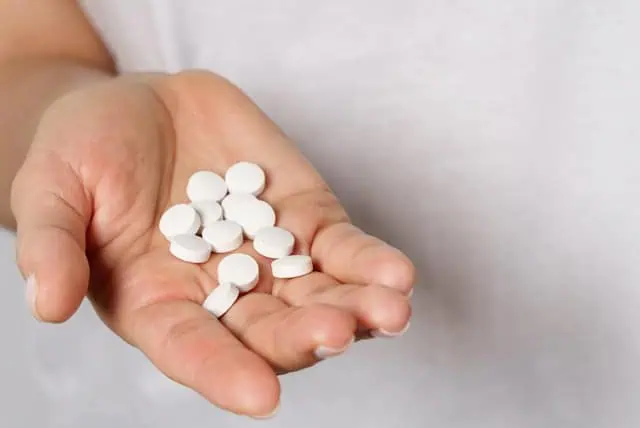
Rest and Immobilization
My first course of action for finger joint pain is usually rest. Ceasing any activities that exacerbate the pain is crucial. I often recommend using splints for immobilization to give the affected joints time to heal without further stress.
Medications and Injections
I suggest over-the-counter medications like ibuprofen or naproxen to reduce inflammation and manage pain. For more severe cases, I might refer patients for injections, such as corticosteroids, which can provide longer-term pain relief if other medications are not adequate.
Physical Therapy and Alternate Therapies
Engaging in physical therapy can be instrumental in regaining strength and flexibility in the fingers. I also encourage patients to explore alternate therapies like acupuncture, which sometimes offer additional comfort and functionality restoration.
Surgical Interventions
In cases where non-surgical treatments do not resolve the issue, or if there’s significant structural damage to the joints, surgery might be the necessary step for long-term pain relief and function. I always consider this as a last resort after conservative treatments have been exhausted.
Home Remedies and Self-Care
When managing finger joint pain after weight lifting, I find that starting with simple home remedies can be very effective. These strategies, including cold and heat application, buddy taping, and the use of splints and over-the-counter pain relievers, can provide relief and aid in my recovery process.
Cold and Heat Application
Cold Therapy: Immediately after weight lifting, applying an ice pack to my sore fingers helps reduce inflammation and numb pain. I make sure to wrap the ice in a cloth to protect my skin and apply it for up to 20 minutes several times a day.
Heat Therapy: For ongoing stiffness in my fingers, I use heat application. A warm towel or heating pad increases blood flow, which can enhance healing and reduce discomfort. It’s essential to avoid applying heat directly after an injury as it can exacerbate swelling.
Buddy Taping and Splinting
Buddy Taping: If I suspect a minor sprain or strain, buddy taping the affected finger to an adjacent one can provide added support. This technique keeps my finger in a natural position for healing and prevents it from moving in ways that could cause further pain or injury.
Splinting: For more severe cases or when I need to immobilize the finger, using a splint can be necessary. I typically wear a splint to enforce rest and stabilization, especially if I have symptoms that point towards conditions such as trigger finger.
Natural and Over-the-Counter Pain Relief
Natural Remedies: Before turning to medication, I explore natural remedies like massage or using capsaicin creams that may provide temporary relief from joint pain.
Over-the-Counter (OTC) Pain Relief: For pain that is persistent, OTC pain relievers like ibuprofen or acetaminophen can be effective. Before I take any medication, I carefully read the dosage instructions to manage my pain responsibly.
Each of these home care strategies plays an important role in my approach to easing finger joint pain. I’ve learned that resting the affected fingers is crucial, and combining rest with these remedies often leads to a smoother recovery.
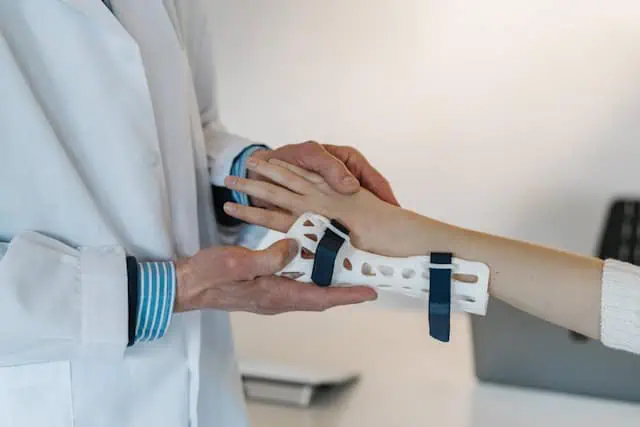
When to See a Healthcare Provider
In my experience with weightlifting, I’ve learned it’s crucial to recognize when finger joint pain is more than just soreness from a workout. Understanding when to seek medical attention can prevent further injury and ensure proper management of any underlying conditions.
Persistent or Worsening Symptoms
If I notice that my finger joint pain persists for several days without improvement, or the intensity of the pain escalates, it’s time for me to consult a healthcare provider. Chronic or escalating pain can indicate an injury that requires medical intervention.
- Pain lasting more than a few days: I schedule a visit with my doctor.
- Increasing discomfort or swelling: Any increase in pain or new swelling is a sign to get professional advice.
Signs of Infection or Severe Injury
After weightlifting, signs such as redness, warmth, or discharge around the affected finger joints could suggest an infection. Similarly, a deformity or inability to move the finger properly may indicate a severe injury, such as a fracture.
- Redness, warmth, or pus: These symptoms warrant immediate medical attention.
- Deformity or impaired movement: It’s essential for me to get these symptoms assessed promptly to avoid long-term damage.
Understanding Long-term Pain Management
Dealing with finger joint pain isn’t just about immediate pain relief; it’s about long-term pain management. If the pain becomes a recurring issue that interferes with my ability to lift weights or go about my daily tasks, I seek guidance on how to manage the pain effectively and safely.
- Impact on daily activities: Difficulty performing routine tasks prompts me to seek long-term solutions.
- Recurrent pain: I consult with specialists to understand pain management strategies and prevent exacerbation of the injury.
Living with Chronic Joint Pain
Chronic joint pain can be a disruptive part of life, but understanding how to manage everyday activities, find support, and adopt helpful lifestyle changes can mitigate its impact.
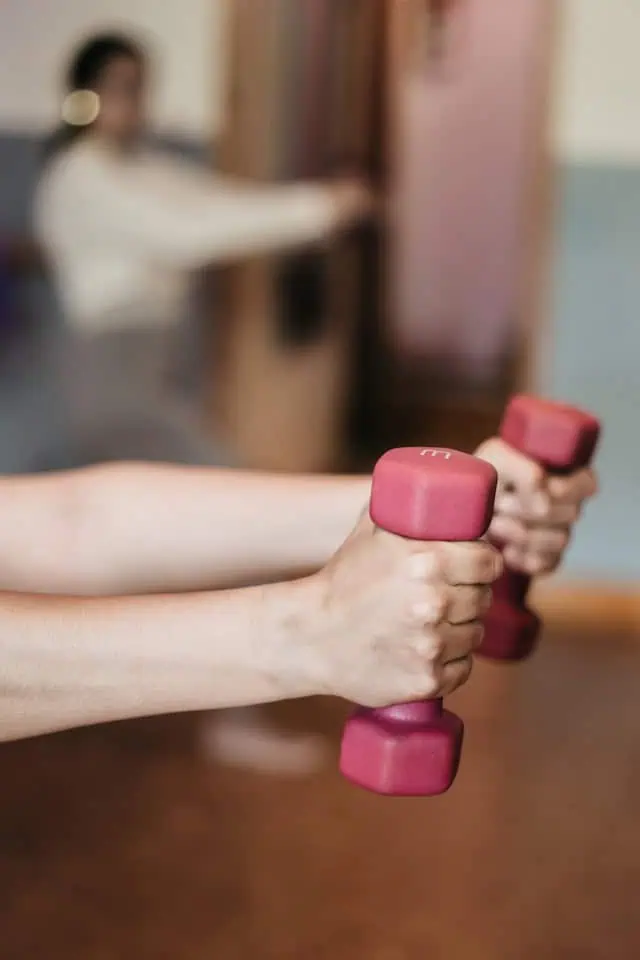
Adapting Daily Activities
I’ve learned that simplicity is key when it comes to managing my daily activities. Prioritizing tasks and breaking them down into manageable steps prevents strain and conserves energy. For instance, when I’m planning to lift weights, I make sure to use proper form and lighter weights to avoid exacerbating my finger joint pain.
Support and Resources
Connecting with others who understand what I’m going through has proven invaluable. Organizations, such as the Arthritis Foundation, offer both community support and resources that help me learn more about chronic joint pain management. They also provide tips for adapting my space with assistive devices that make life easier.
Lifestyle Changes and Coping Strategies
I’ve incorporated several lifestyle changes to help manage my joint pain. Staying active and engaging in low-impact exercises like swimming not only maintains joint flexibility but also aids in weight loss, which reduces stress on the joints. Additionally, I’ve found that mind-body practices such as meditation and deep-breathing exercises bolster my coping strategies, helping me to handle the mental load of chronic pain.
Overview of Related Conditions
In my experience with finger joint pain, I often observe that it can be attributed to various musculoskeletal conditions. It’s crucial to identify the specific underlying issues causing the discomfort to effectively address and manage the pain. Let’s explore some of the related conditions that are commonly associated with finger joint pain after weight lifting.
Arthritis and Related Diseases
Arthritis refers to the inflammation of the joints, which can lead to pain and stiffness. Two primary types of arthritis affect weightlifters: rheumatoid arthritis (RA) and osteoarthritis (OA). RA is an autoimmune, inflammatory arthritis that can cause the immune system to attack the joints, whereas OA is more related to wear and tear of the joint’s cartilage over time. Both conditions can be exacerbated by heavy lifting, particularly if the joints are overworked or improperly supported.
Tendonitis and Tenosynovitis
Tendonitis is an inflammation of the tendons, the thick fibrous cords that attach muscle to bone. This condition often results from overuse or strain of the tendons during weight lifting. When the sheath surrounding a tendon (the synovium) becomes inflamed, the condition is known as tenosynovitis. Both can cause pain and discomfort in the fingers and may be a result of repetitive movements or gripping heavy weights without proper technique.
Carpal Tunnel Syndrome and Repetitive Strain Injuries
Carpal Tunnel Syndrome (CTS) is characterized by pressure on the median nerve within the carpal tunnel of the wrist, which can lead to pain, tingling, or numbness in the fingers. Weight lifters may develop CTS or other Repetitive Strain Injuries (RSIs) due to repetitive motion and constant stress on the hands and wrists. It’s important to ensure that exercises are performed with proper form to minimize the risk of these conditions.
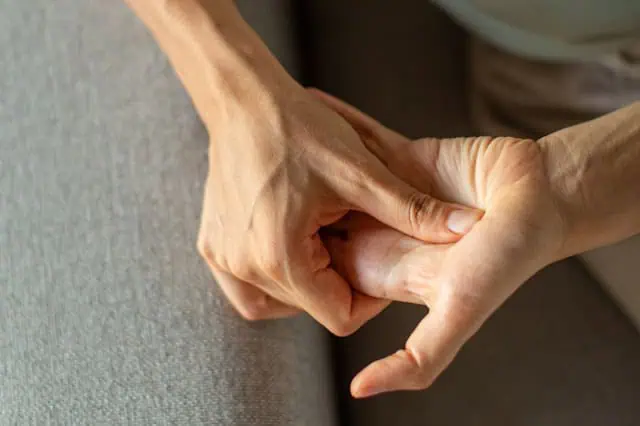
Frequently Asked Questions
In this section, I address common concerns about finger joint pain related to weight lifting. We’ll explore prevention, causes, specific exercises for relief, expected post-workout soreness, available remedies, and the possible link between heavy lifting and trigger finger.
How can I prevent finger joint pain while lifting weights?
I make sure to maintain a proper grip that’s firm yet not overly tight to prevent excess strain on my fingers. Additionally, I use appropriate gloves or wrap to support my grip without overburdening the joints.
What are common causes of hand pain after lifting heavy objects?
Pain can often stem from overexertion or incorrect grip techniques. I also consider whether I’ve adequately warmed up my hands and fingers before lifting heavy weights, as cold muscles and joints are more prone to injury.
Are there specific exercises to alleviate knuckle pain from weight lifting?
Yes, there are finger extension exercises and stretches that I recommend to counteract the gripping actions. It’s also beneficial to regularly stretch the fingers and hands post-workout.
Is it usual for joints to ache following a heavy lifting session?
Experiencing some joint ache after a heavy lifting session is common, especially if I’m increasing my weight levels or intensity. However, persistent or severe pain may indicate that I’m overdoing it or not using proper form.
What remedies are available for finger joint pain post-workout?
I find that RICE therapy—rest, ice, compression, and elevation—can be effective. Over-the-counter pain medication can also provide relief, but I always pay attention to ensure these are not masking a more serious issue.
Could heavy weightlifting be a contributing factor to trigger finger?
Heavy lifting, particularly if I have a predisposition or previous history, might exacerbate the condition known as trigger finger. It’s important to listen to my body and consult a professional if my symptoms are persistent or worsening.

